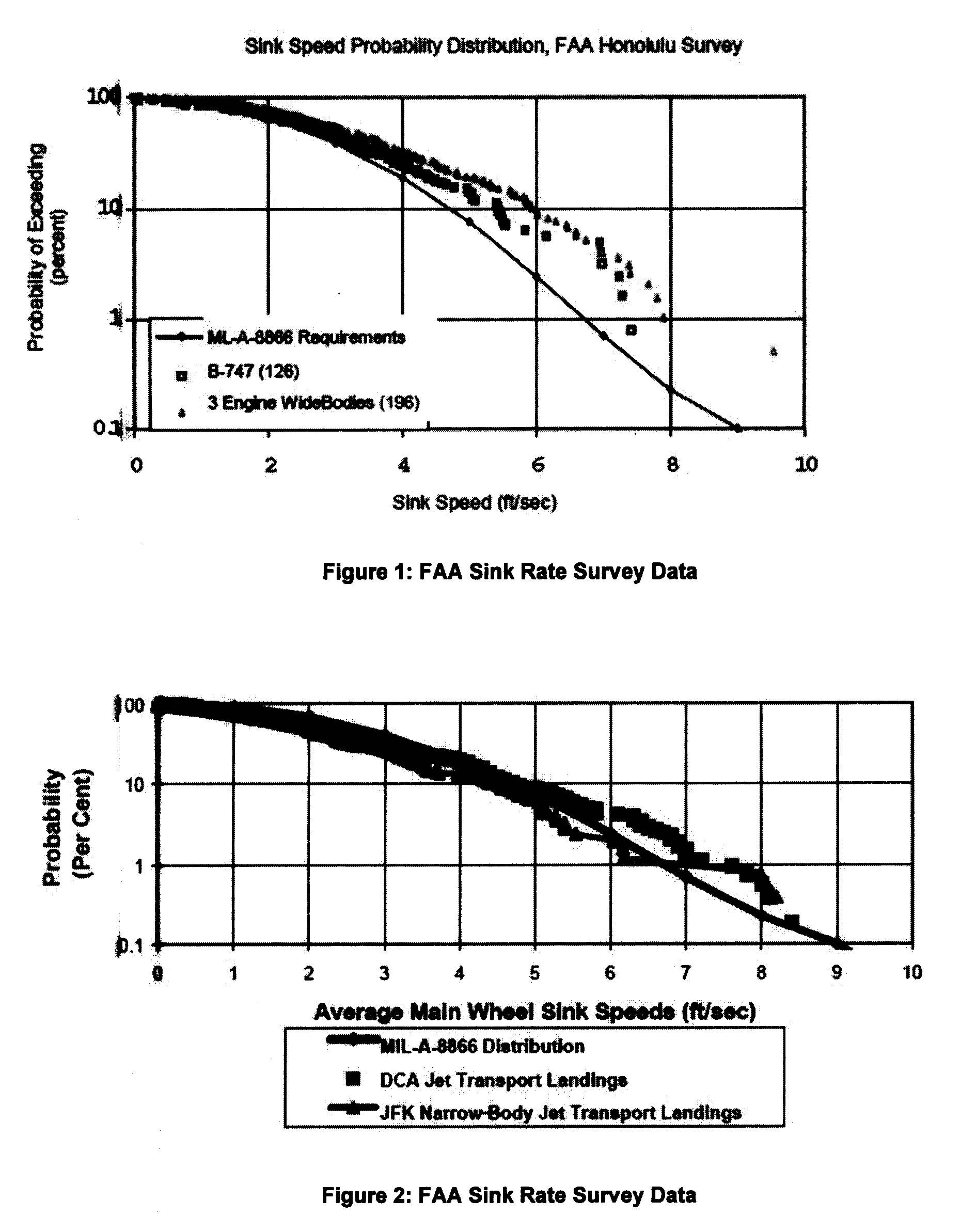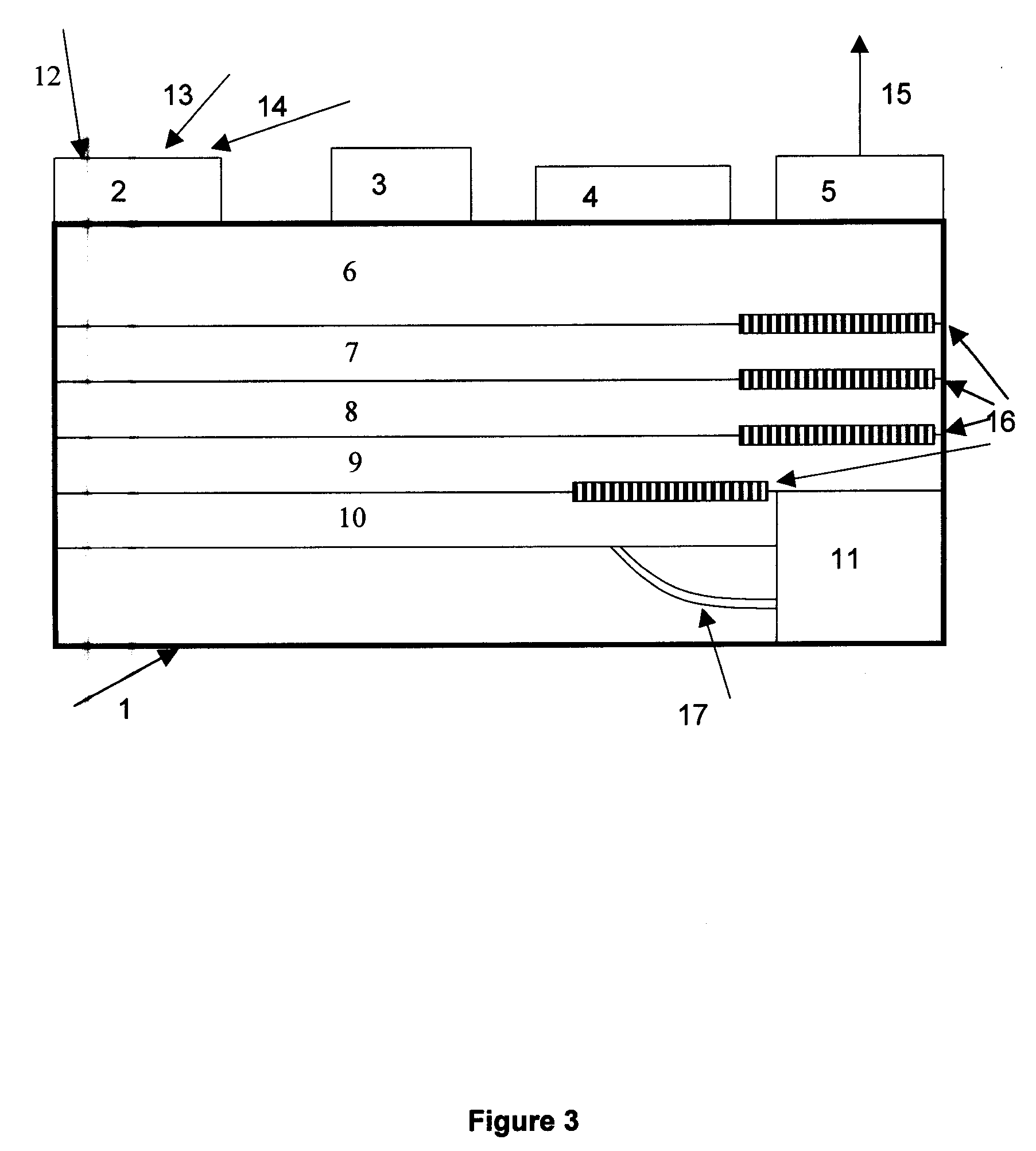System And Method For Determining Aircraft Hard Landing Events From Inertial And Aircraft Reference Frame Data
a technology of aircraft reference frame and aircraft, applied in the field of aircraft landing systems, can solve the problems of compromising public safety, material damage can occur in any landing with a descent rate beyond 10 ft, errors in this assessment, etc., and achieve the effect of reducing costs
- Summary
- Abstract
- Description
- Claims
- Application Information
AI Technical Summary
Benefits of technology
Problems solved by technology
Method used
Image
Examples
Embodiment Construction
[0043] This invention allows for the precise determination of an aircraft's landing conditions and whether an aircraft has experienced a hard landing that exceeds the allowable design loads of the aircraft's landing gear.
[0044] The system comprises a computer that measures signals from an inertial measurement unit (IMU) at high data rates and may also record signals from the aircraft avionics data bus. The IMU includes a plurality of acceleration sensors and a plurality of gyroscopes. The use of the term “gyroscope” will be understood to encompass the use of the terms “angle sensor” and “angular rate sensor” and that all these terms can be used interchangeably. In the description of the embodiments the term angular rate sensor will be used.
[0045] In one embodiment the IMU comprises at least three acceleration sensors and at least three angular rate sensors. As discussed above, the angular rate sensors may be interchangeable with an angle sensor. In addition a gyroscope may be used...
PUM
 Login to View More
Login to View More Abstract
Description
Claims
Application Information
 Login to View More
Login to View More - R&D
- Intellectual Property
- Life Sciences
- Materials
- Tech Scout
- Unparalleled Data Quality
- Higher Quality Content
- 60% Fewer Hallucinations
Browse by: Latest US Patents, China's latest patents, Technical Efficacy Thesaurus, Application Domain, Technology Topic, Popular Technical Reports.
© 2025 PatSnap. All rights reserved.Legal|Privacy policy|Modern Slavery Act Transparency Statement|Sitemap|About US| Contact US: help@patsnap.com



